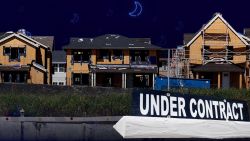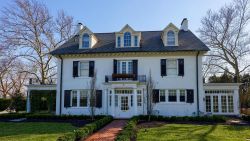Rick Hofstetter has been married and divorced three times, but he has one love that has outlasted them all: Story, Indiana.
The little town, established in 1851, is a throwback to the 19th century and includes a general store that houses an inn and restaurant, some cottages and several barns. It is listed on the National Register of Historic Places, surrounded by forest and gets poor cell phone service.
“It is a love affair,” Hofstetter says of Story, which has a population of 3 humans, 4 dogs and 2 horses. “It’s a place that offers someone freedom and independence. A chance to be in charge of their destiny.”
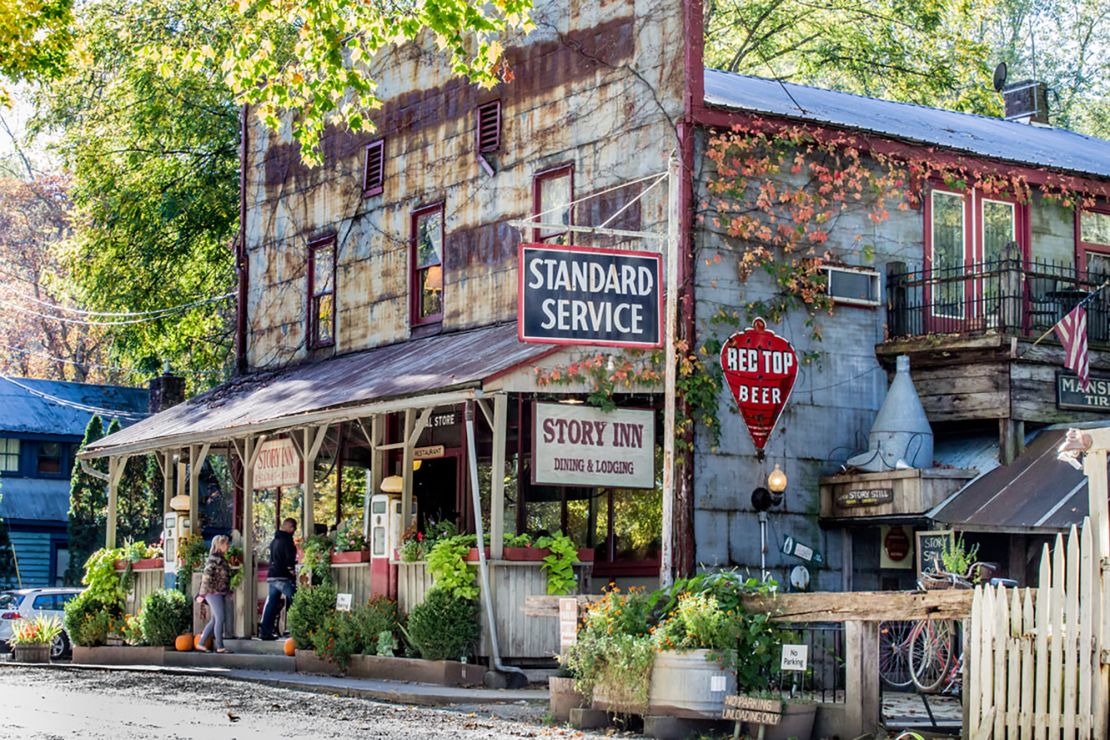
Hofstetter and his business partner bought Story in 1999 in a sheriff’s sale after its owner “ran it into the ground.” Before that, a couple had owned Story. They had opened the Story Inn and amassed the other properties that now form the town.
Hofstetter eventually bought his partner out. “Twenty years later, I’m an old man who owns a whole town,” he says.
Although the town may be priceless to Hofstetter, he ultimately had to put a price on it. In March, he put Story up for sale for $3.8 million.
“I got an expiration date on me,” says Hofstetter, who is 62. “But the town does not. I want to put it in safe hands and send it down the tunnel of time.”
What do you do with a whole town?
The chance to be ruler of your own rural realm may sound enticing. But just as the characters in Schitt’s Creek discover, it can come with plenty of strings attached, too.
In Spain, where residents have deserted the countryside and moved to more populated cities and towns, whole villages are going up for sale.
Foreign buyers’ imaginations have been stirred by ancient assemblages of stone buildings from the 1600’s. Gwyneth Paltrow’s site Goop touted a Village in Lugo, Spain, that was listed for $172,910 as one of its “ridiculous but awesome” holiday gift guide suggestions.
Currently, Spanish real estate firm, Aldeas Abandonadas, (which translates to Abandoned Villages) has a listing for a 17th-century village just an hour outside of Barcelona with 12 buildings, including a large house and several other structures for $2 million.
The village has spring water, electricity and telephone service. But the buildings were all built between 1610 and the mid-20th century and require rehabilitation, according to the listing. Fortunately, the main house, workers house, silos and garage are all considered structurally sound.
In the United States, the towns that are for sale are much younger, but only slightly less demanding than a 17th century village. While someone like Hofstetter wants to preserve the town of Story as much as possible, often buyers are seeking big opportunities that require a lot of renovations, permitting and investment.

“We’ve heard from a cornucopia of people,” says Fred Marik, a broker in Las Vegas who is marketing the town of Cal-Nev-Ari, Nevada — a 520-acre town of 350 people that includes a casino, airport, post office, its own water supply, an RV park and a mobile home park — for $8 million.
He has heard from potential buyers who wanted to use the town for drone schools, farming, recreational parks, off-road activities and a marijuana resort.
Cal-Nev-Ari (pronounced Cal-Nev-Air), which is located 60 miles from Las Vegas near Nevada’s border with Arizona and California, was established 54 years ago after pilots Slim and Nancy Kidwell, obtained — for free — the land surrounding a former military airstrip from the government for their fly-in/fly-out private plane community by proving it could be self-sufficient.
More from Success
They installed power lines and water systems and set up Cal-Nev-Ari as an air-park community where residents — many of them retired pilots and snowbirds — could park their private planes in front of their homes.
“Nancy is now 81 years old and she runs the town by herself,” says Marik. “She wakes up at 5 a.m. every day to check the water tank. The people there, they are her family. She takes care of them. But now she’s getting on and wants to sell.”
But buying Cal-Nev-Ari is complicated.
“We’re dealing with the gaming commission, because there are two gaming licenses, two liquor licenses,” says Marik. “There’s a runway, so we have to deal with the FAA. There’s a water company overseen by the public utilities commission. All these entities need to be included.”
After two years on the market, Cal-Nev-Ari has a buyer, but the deal hasn’t closed yet. When it does, Kidwell isn’t going anywhere. She has outlived both Slim and a second husband, Ace, and wants to enjoy living in the town just as she envisioned it.
Vision and reality
When Bruce Krall, a commercial mortgage broker from Orange County, Calif., bought the 83-acre town of Bridgeville, California, for $700,000 in 2004, he garnered a good bit of attention. Although he bought it from an agent, he was ultimately the owner of the first town that was sold on Ebay. Bridgeville had been auctioned off for nearly $1.8 million on the site in 2002. But that buyer backed out.
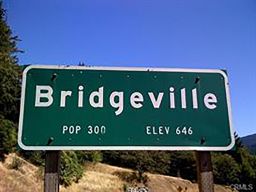
Krall stepped in. He had visions of a wellness retreat with cottages and a conference center. But he couldn’t make the numbers work for the remote Humboldt County town along the Van Duzen River. Plus, it was too far away from his young family’s active life in Orange County, so he listed it on Ebay again in 2006.
Bridgeville was then bought by Daniel La Paille, a 25-year-old entertainment manager from Los Angeles in August 2006.
“He was in the middle of trying to switch it into a self-sufficient, 60’s kind of kick-back resort,” said Bruce McNaughton, the agent handling the current sale of Bridgeville.
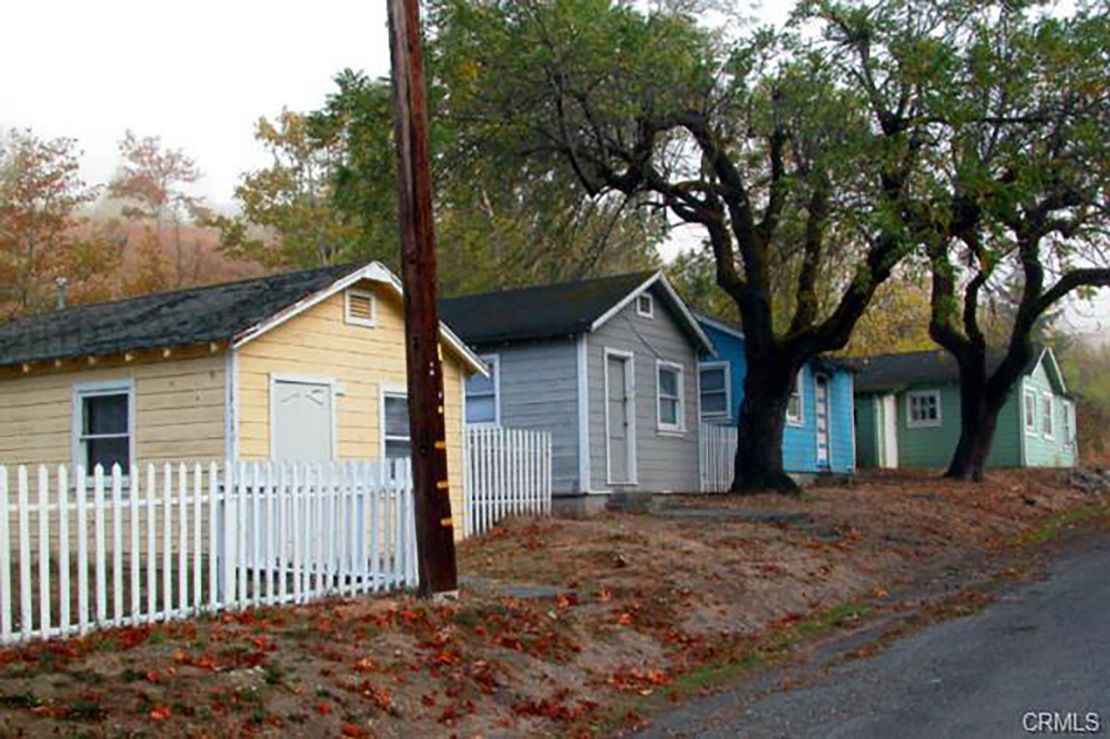
But only a few months after La Paille bought the town, he committed suicide. This sent the property into what has been an extended purgatory for his family — who still own Bridgeville and have put the town up for sale, off-and-on, for the better part of the past 12 years — and, just as importantly, for the people of Bridgeville, population 16.
But there is a glimmer of hope for the family. In the past year, they’ve raised the price of the town from $975,000 to $1.5 million, according to McNaughton. The reason? Marijuana.
McNaughton says that given the location nestled in Northern California and the booming, newly legal cannabis industry, the next purchaser will likely be in the marijuana business. Efforts by residents to try to organize and cooperatively buy the town have fallen flat.
The marijuana industry is not thriving in Story, Indiana, and you can’t park a plane in your yard or pretend you live in the 17th century. But you can have a quiet life.
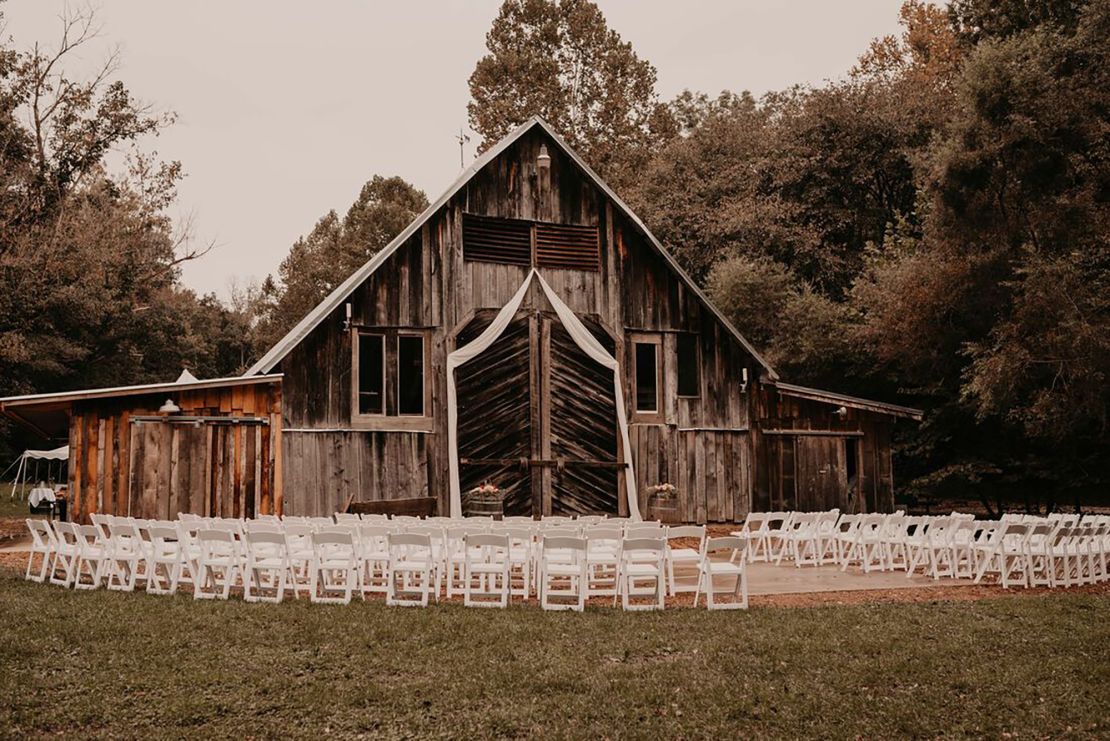
Story is within a two-hour drive of Indianapolis, Louisville, and Cincinnati. Its main business, the Story Inn and restaurant, offers spaces to host festivals, gatherings and weddings. While the business isn’t for sale, the buildings that house them are. The current owners, Jacob and Kate Ebel, run the inn and restaurant and plan to lease from the new owners.
“It’s not a ticket to riches, but it is a great place for the right person,” says Hofstetter.
However, he doesn’t plan to hand over the town to the first person who can write a check.
“I’m really determined that this isn’t going to go to the wrong hands. No one is going to put up a Yogi Bear campground, vinyl-sided houses or a Dairy Queen,” he says. “If they want to have a Michelin star restaurant, that would be okay.”




